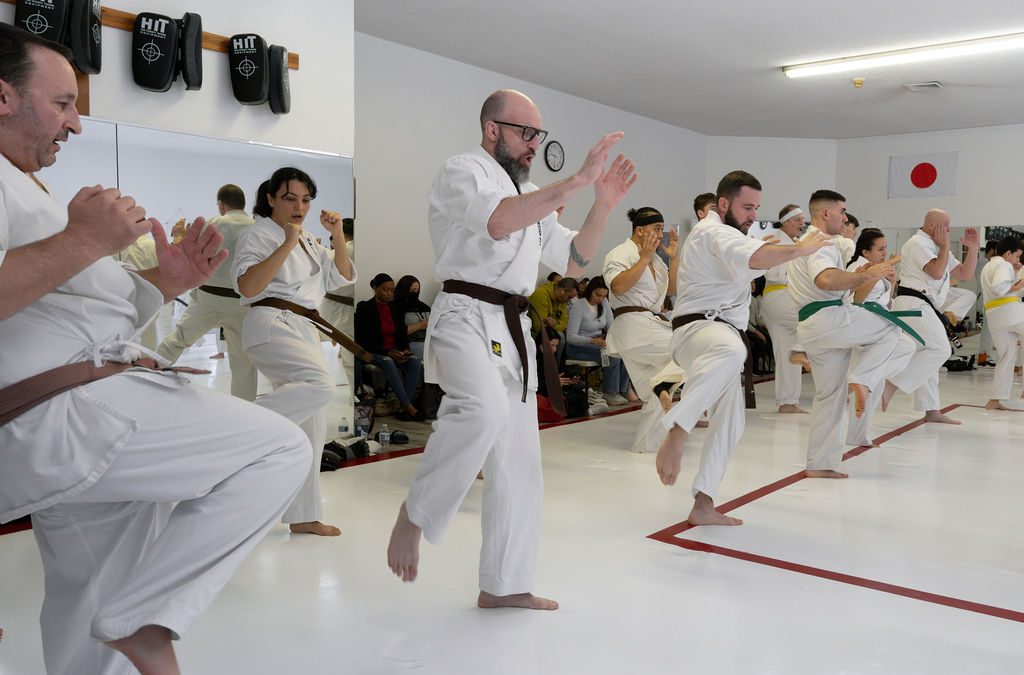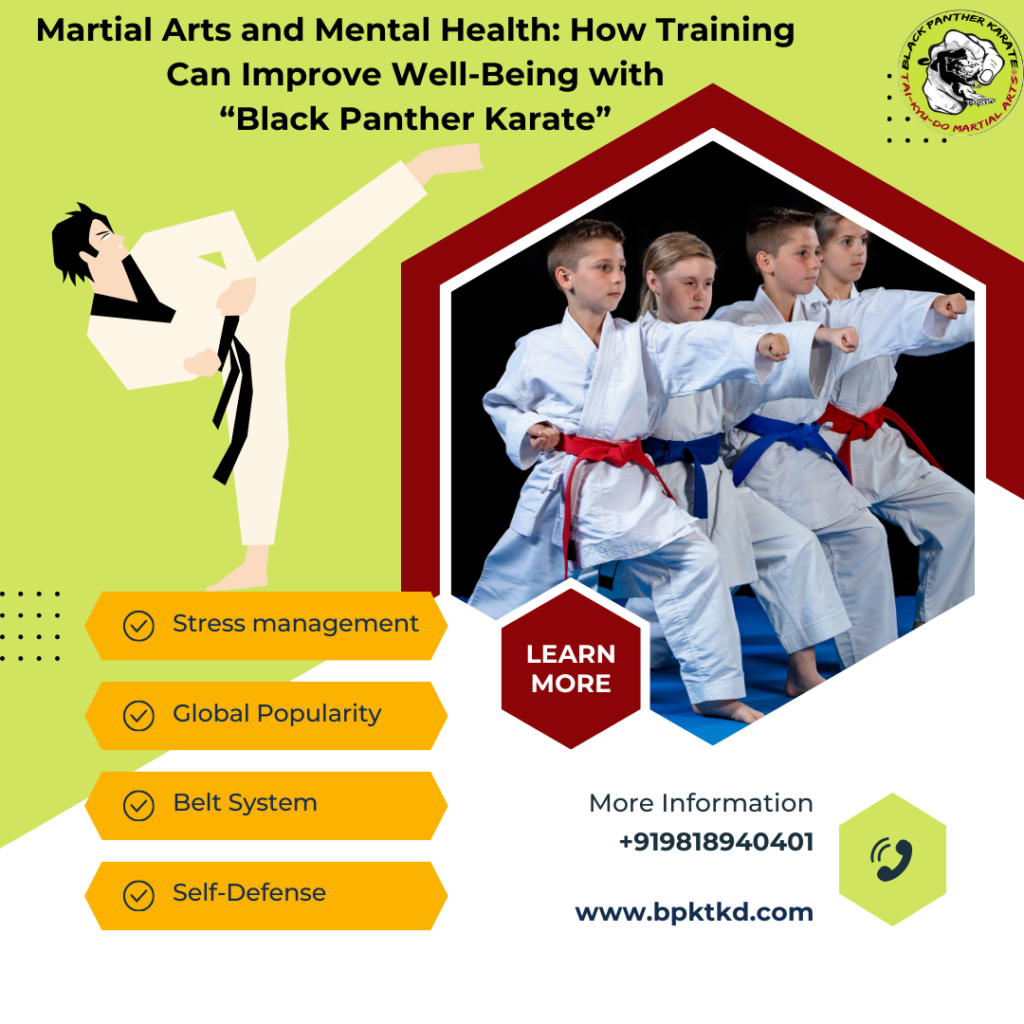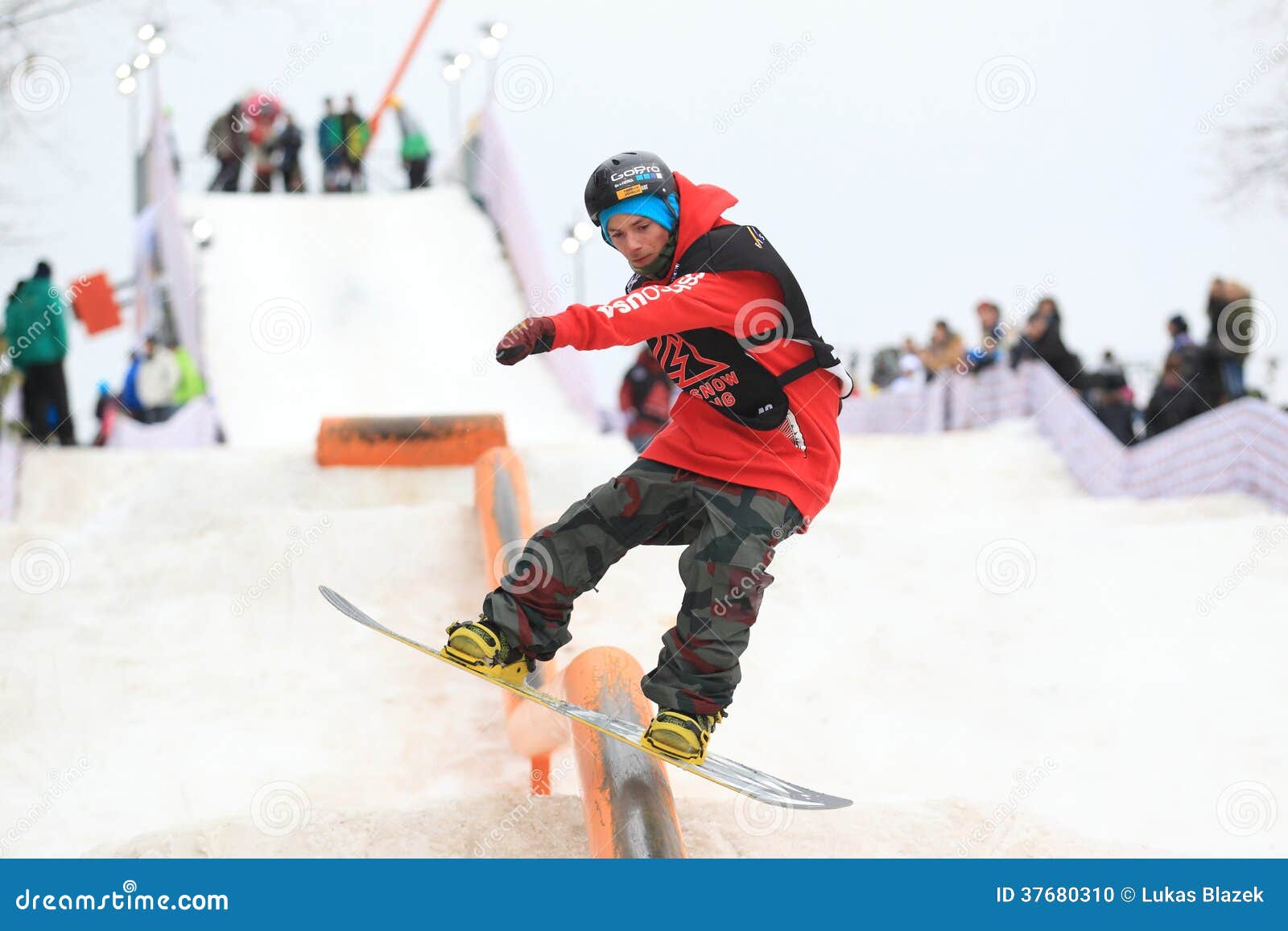
The Invisible Dojo: Mastering Martial Arts Through Mental Training Techniques
Martial arts, at its core, is often perceived as a physical discipline—a rigorous regimen of strikes, blocks, throws, and conditioning that sculpts the body into a formidable weapon. Yet, to truly master any martial art, one must delve deeper than the superficial layer of physical prowess. The true crucible of combat, whether in a competitive arena or a self-defense scenario, is the mind. It is the invisible dojo where battles are won and lost long before a single punch is thrown.
The mental aspect of martial arts is not merely a supplementary component; it is the foundation upon which all physical techniques are built and effectively executed. It dictates focus, resilience, decision-making under pressure, and the ability to transcend pain and fear. Without a strong, disciplined mind, even the most physically gifted practitioner will falter. This article explores a comprehensive range of mental training techniques that are indispensable for any martial artist seeking to unlock their full potential and achieve true mastery.
I. The Indispensable Role of Mental Fortitude
Before diving into specific techniques, it’s crucial to understand why mental training is so critical. In the unpredictable chaos of a fight or the intense pressure of competition, physical strength alone is insufficient. The mind must be sharp, calm, and decisive.
- Decision-Making Under Pressure: A split second can determine the outcome. The ability to quickly analyze a situation, anticipate an opponent’s move, and choose the most effective counter-technique requires immense mental clarity, not just muscle memory.
- Overcoming Fear and Doubt: Fear of injury, failure, or the unknown can paralyze a practitioner. Doubt can erode confidence and lead to hesitation. Mental training equips artists with tools to acknowledge these emotions and move past them.
- Pain Management: Martial arts training often involves pushing physical limits, leading to discomfort and pain. The mind’s ability to compartmentalize pain, understand its transient nature, and focus on the task at hand is paramount for continued progress and performance.
- Sustained Focus and Concentration: During training or combat, distractions are abundant. Maintaining unwavering focus on the opponent, the technique, or the present moment is essential for effective execution and adaptation.
- Resilience and Persistence: The path to mastery is long and fraught with setbacks. Mental resilience allows practitioners to bounce back from defeats, learn from mistakes, and persist through plateaus.
II. Core Mental Training Techniques
Integrating mental training into your martial arts journey requires conscious effort and consistent practice. Here are some of the most effective techniques:
1. Mindfulness and Presence
Mindfulness is the practice of being fully present and aware of the current moment, without judgment. For martial artists, this means being acutely aware of your body, your breath, your surroundings, and your opponent’s movements.
- Breath Awareness: The breath is a direct link to the nervous system. Learning to control your breath – especially during high-stress situations – can calm the mind, lower heart rate, and improve oxygen flow. Practice deep, diaphragmatic breathing during warm-ups, cool-downs, and even during sparring breaks.
- Body Scan Meditation: Regularly scanning your body for tension, pain, or discomfort helps you become intimately familiar with your physical state. This awareness allows you to identify and release unnecessary tension, improving efficiency and preventing injury.
- Focused Attention During Drills: Instead of just going through the motions, approach each repetition of a technique with full, undivided attention. Feel the movement, understand its mechanics, and visualize its purpose. This deepens muscle memory and enhances proprioception.
2. Visualization and Mental Rehearsal
Visualization is the practice of creating vivid mental images of performing techniques, scenarios, or entire fights. It’s not mere daydreaming; it’s a deliberate, multi-sensory experience that primes the brain and body for actual performance.
- Perfect Execution: Close your eyes and vividly imagine yourself executing a technique flawlessly. See the details, feel the power, hear the impact, and even smell the dojo. The brain often struggles to differentiate between a vividly imagined experience and a real one, strengthening neural pathways.
- Scenario Planning: Visualize specific combat scenarios, including potential threats, opponent reactions, and your effective responses. This helps you develop strategic thinking and reduces the element of surprise.
- Overcoming Challenges: If you’re struggling with a particular technique or feeling anxious about a competition, visualize yourself successfully overcoming that challenge. See yourself performing well, maintaining composure, and achieving your goals.
- Pre-Performance Routine: Before a sparring session or competition, mentally rehearse your warm-up, your first few moves, and your overall strategy. This builds confidence and reduces anxiety.
3. Goal Setting and Positive Affirmations
Effective goal setting provides direction and motivation, while positive affirmations reshape your self-perception and confidence.
- SMART Goals: Set goals that are Specific, Measurable, Achievable, Relevant, and Time-bound. Examples: "By the end of the month, I will land 10 clean round kicks on the focus mitts during each training session," or "I will improve my balance by holding a one-legged stance for 60 seconds without wavering within two weeks."
- Process vs. Outcome Goals: Focus on process goals (e.g., "I will train 4 times a week," "I will focus on my footwork during every sparring session") rather than solely outcome goals (e.g., "I will win the tournament"). Process goals are within your control and build consistent habits.
- Positive Affirmations: Regularly repeat positive statements about yourself and your abilities. "I am strong and resilient." "I am focused and adaptable." "I learn quickly and improve constantly." Write them down, say them aloud, and believe them. This combats negative self-talk and builds self-efficacy.
4. Self-Talk and Cognitive Restructuring
The internal dialogue we have with ourselves profoundly impacts performance. Learning to manage self-talk is crucial.
- Identify Negative Self-Talk: Become aware of the critical, doubtful, or defeatist thoughts that arise. Examples: "I’m not good enough," "I’m going to mess this up," "This is too hard."
- Challenge and Reframe: Once identified, challenge these thoughts. Is there evidence for them? What’s a more realistic or helpful way to look at the situation? Reframe negative thoughts into constructive ones. "This is a challenging technique, but I am capable of learning it," or "I made a mistake, but now I know what to improve."
- Instructional Self-Talk: Use self-talk to guide your actions. "Keep your guard up," "Shift your weight," "Watch his eyes." This keeps you focused on the task.
5. Pressure Training and Stress Inoculation
The only way to perform under pressure is to train under pressure. Stress inoculation involves gradually exposing yourself to stressful situations to build resilience.
- Simulated Combat: Sparring with a more experienced or aggressive partner, or engaging in drills with added constraints (e.g., limited space, time limits, specific objectives), mimics the pressure of a real encounter.
- Controlled Chaos Drills: Introduce unexpected elements into drills, forcing quick adaptation and decision-making. This could be multiple attackers, varying attack patterns, or sudden changes in environment.
- Performance Under Fatigue: Practice techniques when physically exhausted. This trains the mind to push through discomfort and maintain form and focus even when the body wants to quit.
6. Focus and Concentration Drills
Developing the ability to concentrate intensely for sustained periods is a cornerstone of mental mastery.
- Peripheral Awareness: While maintaining focus on a central point (e.g., an opponent’s eyes), try to become aware of movements and objects in your peripheral vision. This is crucial for anticipating attacks and maintaining situational awareness.
- Single-Point Focus: Practice holding your gaze on a single, small object for an extended period, blocking out all other distractions.
- Distraction Management: During training, consciously acknowledge distractions (noise, other students) and then gently redirect your attention back to your immediate task without judgment.
7. Emotional Regulation
Martial arts can evoke a wide range of emotions: anger, frustration, fear, excitement. Learning to regulate these emotions ensures they don’t hinder performance.
- Recognize Triggers: Understand what situations or thoughts tend to provoke strong emotional responses.
- Calming Techniques: Employ breath control, grounding exercises (focusing on sensory details in the environment), or a mental "reset" phrase to regain composure.
- Strategic Detachment: In a high-stakes situation, sometimes a degree of emotional detachment can be beneficial, allowing for more objective decision-making rather than being driven by reactive emotions.
8. Pre-Performance Routines
Establishing consistent routines before training or competition creates a sense of control, reduces anxiety, and primes the mind and body for optimal performance.
- Physical Warm-up: A consistent physical warm-up prepares the body.
- Mental Checklist: A quick mental review of key techniques, strategies, or affirmations.
- Visualization: A brief visualization of successful performance.
- Breathing Exercises: A few minutes of controlled breathing to center oneself.
III. Integrating Mental Training into Physical Practice
Mental training is not a separate activity to be done only in solitude; it must be woven into the fabric of your daily physical practice.
- Every Rep is a Mental Rep: Approach every punch, kick, or block not just as a physical movement, but as an opportunity to practice focus, intention, and precision.
- Instructor’s Role: A good martial arts instructor will naturally incorporate mental challenges into their teaching, pushing students beyond their comfort zones and encouraging self-reflection.
- Self-Reflection: After each training session, take a few minutes to reflect. What went well? What could be improved? How did you manage challenges or frustrations? This builds self-awareness and accelerates learning.
IV. The Benefits Beyond the Mat
The mental disciplines cultivated in martial arts extend far beyond the dojo, enriching every aspect of life.
- Enhanced Resilience: The ability to face and overcome adversity becomes a life skill.
- Improved Decision-Making: The capacity for clear, calm decision-making under pressure translates to professional and personal challenges.
- Stress Management: Techniques like breath control and mindfulness become invaluable tools for managing daily stress.
- Increased Self-Awareness: A deeper understanding of one’s own thoughts, emotions, and physical capabilities leads to greater self-mastery.
Conclusion
Martial arts mastery is a holistic endeavor, demanding as much from the mind as it does from the body. The invisible dojo of mental training is where true champions are forged, where fear is confronted, and where potential is fully realized. By diligently practicing mindfulness, visualization, goal setting, positive self-talk, pressure training, and emotional regulation, martial artists can cultivate an inner strength that is as potent as any physical technique. Embrace these mental training techniques, and you will not only transform your martial arts journey but also unlock a profound level of personal growth and self-mastery that transcends the boundaries of the dojo, impacting every facet of your life. The ultimate fight is always within, and with a trained mind, victory is assured.



